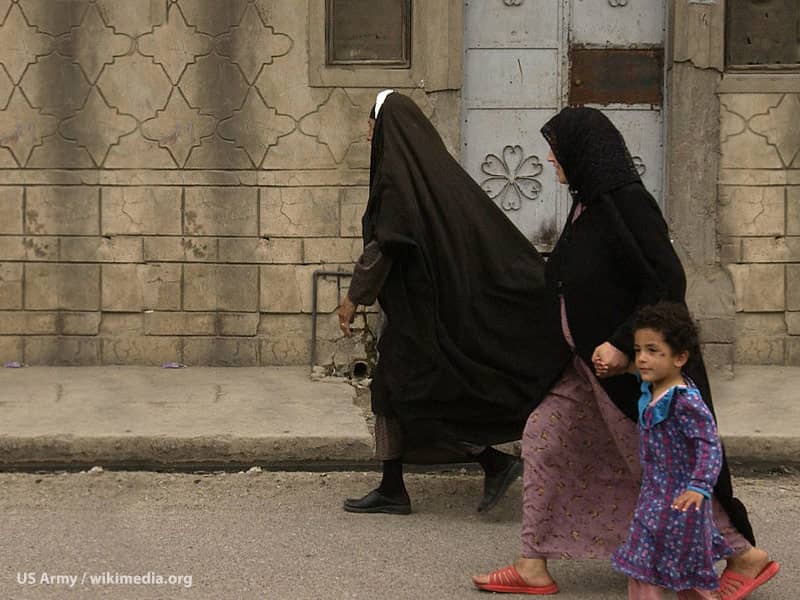The official opening of the 19 terraced gardens that stretch from the base to the crest of Mount Carmel, in Haifa, Israel, will take place on May 22--the 158th anniversary of the declaration by the Báb of his mission. The Báb, the first of the two founders of the Bahá'í Faith, is buried in the golden-domed Shrine located at the Terraces' heart on "the mountain of the Lord."
 | ||
 |  |  |
The subsequent growth and development of the surrounding gardens mirrored the evolution and expansion of the Bahá'í community. Planning was systematic, phased and strategic. As the gardens were tended and nurtured, so the global community emerged under the guiding hand of 'Abdu'l-Bahá's appointed successor, Shoghi Effendi. The golden-domed superstructure was completed in 1953 under his supervision.
Nine rudimentary terraces below the Shrine were constructed in the 1930s, and throughout the years other parcels of land were purchased until all the necessary property had been acquired. Extending beyond the immediate area of the Shrine, the gardens transformed the barren mountain slope into a natural sanctuary in the middle of the growing city of Haifa.
The decision in 1987 to complete the gardens and administrative buildings galvanized the millions of Bahá'ís, by then established in more than 150 countries. In 1990, the latest phase of development commenced, with the construction of the 19 terraces designed by Canadian architect Fariborz Sahba, who has also served as project manager for the complex.
In the face of renewed persecution of the Bahá'ís in Iran during this period, the worldwide community gathered the necessary financial and human resources, and the mountain was reshaped. The Terraces now stretch a kilometer up the mountain, reaching a height of 738 feet, and their landscape spans the mountain from 197 feet to 1,312 feet. In order to create a continuous pedestrian pathway, two bridges have been constructed over cross streets.
Designed as nine concentric circles, the Terraces appear to radiate outward from the Shrine, and all of their lines and curves direct attention toward the building at their heart. To achieve symmetry, a large section of the mountain was literally moved, as thousands of cubic meters of rock were excavated and relocated to even out the contours of its face.
Perhaps the most difficult and hazardous phase of the work on the Terraces was the lowering of Hatzionut Avenue - one of Haifa's busiest thoroughfares - to accommodate a broad pedestrian bridge over the street. The bridge itself is a garden and its construction enables visitors to walk the entire length of the gardens without interruption. At one end, a 2,000-square-meter building, including a visitors' center, was built into the mountain below terrace-level.
Throughout the length of the Terraces, a sense of continuity is maintained and the noise of the city is masked by the gentle sound of water, which flows in runnels down the sides of the staircases and through a series of fountains. The Sajur and Jatt stone that was used on the Terraces was chosen to reflect the ancient architectural heritage of the Holy Land. It was quarried in Israel and prepared in Nazareth. Three generations of the family that owns the factory that prepared the Sajur stone have worked on Bahá'í projects, since the time the Shrine was originally built. The balustrades and some of the fountains were carved in Italy. The entrance plaza at Ben Gurion Avenue is also distinctive, with its marble cascade, runnels, and a star-shaped fountain at the heart of 16 diamond-shaped silent, crystalline pools of water that create two levels of glassy surfaces.
The 19 Terraces represent the Báb and His first followers. The extensive lighting of the Terraces and of the Shrine itself contrasts dramatically with the conditions in which the Báb was imprisoned in a remote fortress in northern Iran. Even some of the flora on the Terraces is deeply symbolic to Bahá'ís. On the ninth terrace, just below the Shrine, stand two young orange trees that were propagated from seeds taken from an orange tree in the courtyard of the Báb's house in Shiraz, Iran.
While designing gardens to enhance the beauty of the Shrine, convey some of the richness of its history, and symbolize its spiritual truths, the architect also paid close attention to the ecology of the area. Each terrace has three garden zones. The central area is formal in layout, with lawns of Zoysia grass, annual flowerbeds, santolina and duranta hedges, bushes, and carefully pruned trees.
The side zone is more informal, with flowering trees and perennial bushes characteristic of the Middle East, including drought-tolerant, low-maintenance succulents, oleanders, rosemary, lantana, olive, jacaranda, coral, and plumeria. Wildflowers and bulbs blossom in profusion from December to April, while flowering trees and shrubs assume prominence during the spring and summer.
The third zone has been left free to develop into natural forests that serve as wildlife corridors.
Native animals such as mongooses, hedgehogs, land tortoises, and reptiles have returned to the wildlife corridors created on the border of the Terraces. Birds native to the area, including blue kingfishers, ravens, Palestinian sunbirds, finches, quail, Hoopoe birds, hawks, owls, doves, bulbuls, and jays, have also found a home there. Beneficial birds and insects have been introduced to provide natural pest control.
The transformation of Mount Carmel marks the culminating point of its long history, during which it has witnessed the presence of prophets and those expecting the return of prophets. The German Templer Colony at the foot of the mountain, dating from the 19th century, is evidence of one such group. The first phase of the restoration and development of the Colony, from Haifa's port to the first terrace's entrance plaza, has been finished by the Municipality of Haifa.
The faith's administrative buildings were also just completed. Their presence on the mountainside testifies to the the Bahai conviction in the renewal of civilization.

